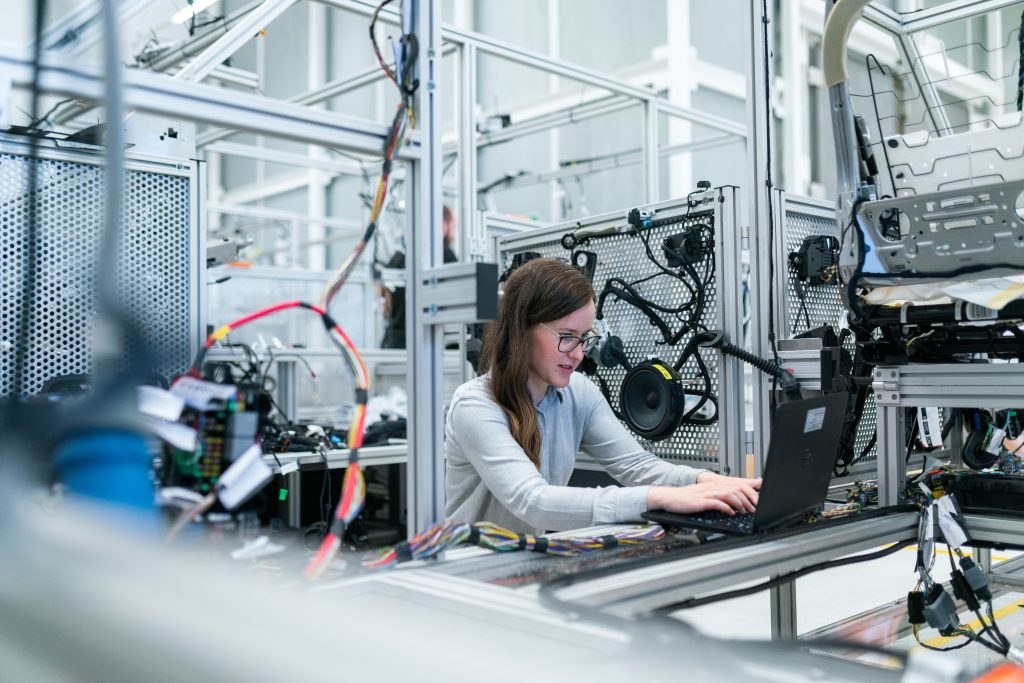
Read also: RFID vs NFC: Distinct Wireless Technologies
In the ever-evolving digital era, the Internet of Things (IoT) has transformed the way we interact with the world around us. In this context, Radio Frequency Identification (RFID) plays a pivotal role in enabling boundless connectivity. This article will delve into the crucial role of RFID in propelling the IoT revolution and its far-reaching effects on diverse industries and everyday life.
The Role of RFID in the IoT Ecosystem

Read also: Operational Efficiency: Implementation of Digital Logsheet
RFID is a technology that allows objects to communicate and share data wirelessly via radio waves. In the IoT environment, RFID functions as eyes and ears that allow physical objects to connect to the internet and interact with each other. This opens the door to a variety of applications that support various industries, such as manufacturing, logistics, healthcare, and many more.
Utilization of RFID in Smart Manufacturing

Read also: Digital Logsheets: The Pillar of Industry 4.0 in Production
In the manufacturing industry, RFID has brought tremendous efficiency. By using RFID, companies can track inventory, manage supply chains, and monitor production in real-time. This not only increases productivity, but also reduces errors and waste, creating a smarter manufacturing environment.
Security and Privacy in the Age of IoT

Read also: Data Security in Digital Logsheets: Challenges and Strategies
Although RFID opens up new opportunities, it is also necessary to pay attention to security and privacy issues. This article will discuss the security challenges that arise with the implementation of RFID in IoT, as well as strategies for protecting data and devices from cyber threats.
Connected Future

Read also: Understanding NFC: Demystifying Near Field Communication
As the IoT continues to develop, the role of RFID in this revolution will become even more important. RFID is one of the foundations that form a worldwide network of connected devices, leading us towards a more connected and intelligent future.
Conclusion
With RFID being one of the main drivers behind the IoT revolution, we can see how this technology is changing the way we interact with the world. In various industries and aspects of everyday life, RFID has opened the door to previously unimaginable innovation and efficiency, and a more connected future with this technology.






comments (0)